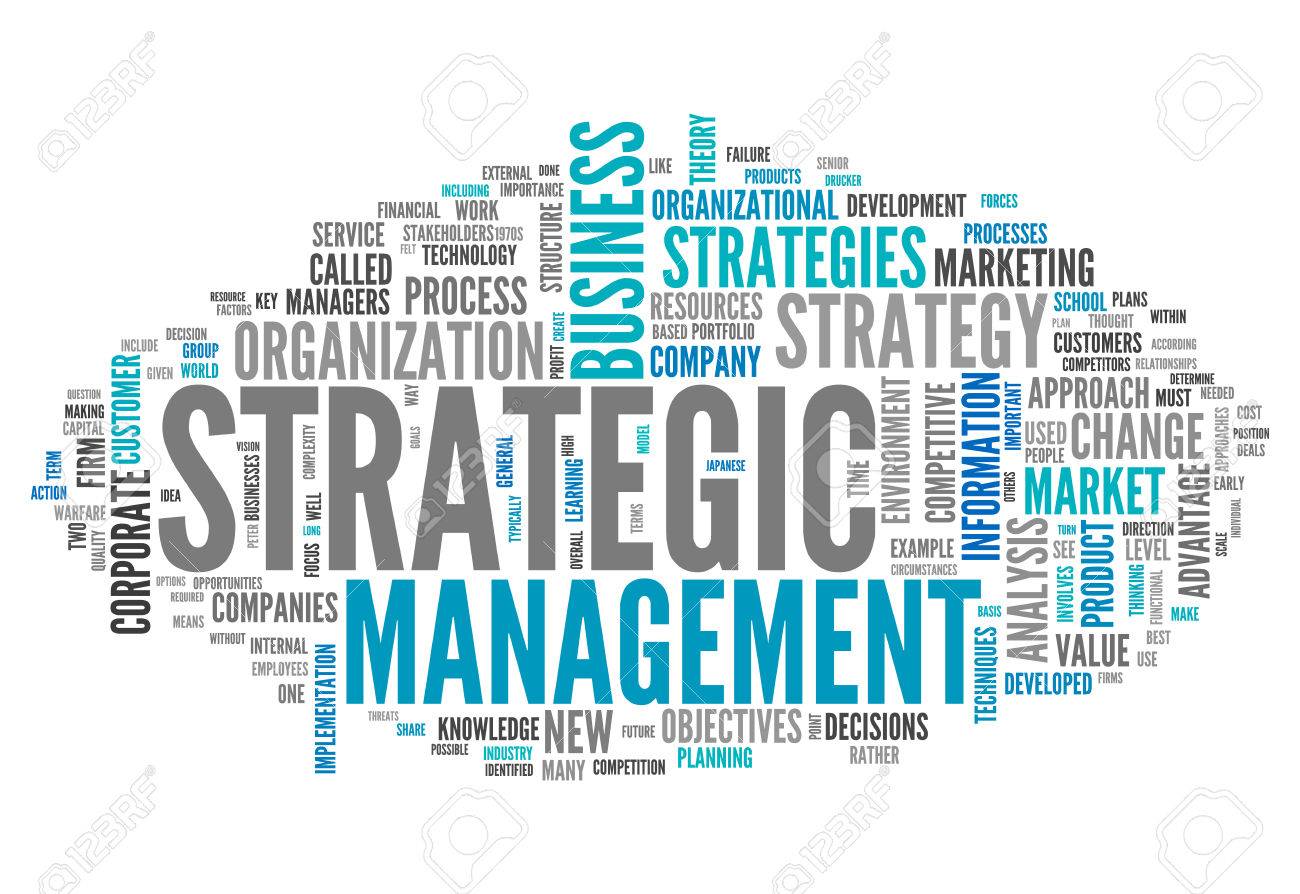Strategic management refers to the process of defining your organization’s direction and making decisions with regard to allocating resources that are aligned with this direction. It involves setting goals for resource management, analyzing internal and external factors that affect your ability to pursue your chosen direction, and creating a roadmap to achieve objectives that are unique to your business.
As a business owner, you’ve likely become more attuned to the role that strategic management plays in empowering your organization towards achieving its goals. The beginning of the year is the perfect time to revisit your approach and how it can help your business keep up with the fast-paced changes in today’s business environment.
To that end, here are some key areas that you can focus on to sharpen your strategic management practices and achieve sustainable growth for your business this 2025:
1) The Clarity and Measurability of Your Goals
One of the key principles of strategic management is knowing exactly where you want to go. Now is a good time to revisit your business goals and ensure that they align with the current market realities.
Use the SMART framework—which stands for Specific, Measurable, Achievable, Relevant, and Time-bound goals—to define clear objectives for your business. For instance, instead of saying that you want to increase sales this year and simply stopping there, aim for a specific target, e.g., “grow sales revenue by 20% in the next two quarters.” Well-defined goals like these will serve as a solid foundation for your strategic planning.
2) Your Analysis of How You Fit into the Dynamic Market Environment
Advancements in technology, changing consumer behavior, and regulatory developments all have a role to play in how the current market is evolving. These factors should be key considerations when you’re determining your next goals and milestones.
Conduct a thorough analysis of external factors using frameworks like PESTLE (Political, Economic, Social, Technological, Legal, Environmental) or SWOT (Strengths, Weaknesses, Opportunities, Threats) to concretize your understanding of these factors. This will help you identify new business opportunities and anticipate any risks you may confront this 2025, as well as ensure your strategy remains relevant.
3) Your Alignment of Your Strategies with Your Financial Goals
It’s also a must to make sure that your strategic plans are financially viable and aligned with your business’s objectives. Work closely with your finance team or your trusted provider of business banking online services to explore financing options or investment opportunities that will serve you well this year. Look for new solutions for managing your cash flow more effectively and financial products that can support your strategies.
If you’re considering expanding or undertaking new ventures this year, assess your financial capacity and explore partnerships that will benefit your plans. For example, you can forge a new business relationship with a bank like Maya Bank, Inc., to benefit from a program like Maya Flexi Loan and to avail of advisory services tailored to small- and medium-sized enterprises (SMEs) like yours.
4) Your Oversight of a Culture of Agility
Agility in decision-making and execution is a hallmark of successful businesses. That’s why it’s in the best interest of your organization to encourage a culture where your team can respond quickly to changes without sacrificing quality. This involves empowering employees to make decisions within their roles and overseeing flexible workflows.
Make it easy for your team members to collaborate and communicate by adopting project management tools like Asana or Trello. Regular team check-ins and performance reviews can also help you identify areas where processes need adjustment.
5) The Use of Technology for Strategic Insights
You should also encourage wider adoption of technology within your organization, especially for the purpose of gaining deeper insights into your operations and market. Utilize business intelligence (BI) tools and analytics to track performance metrics and evaluate the effectiveness of your strategies. Cloud-based platforms, such as Google Workspace or Microsoft 365, can also facilitate collaboration and improve efficiency throughout your business.
Artificial intelligence and machine learning are also becoming increasingly accessible to SMEs. Be open to exploring and adopting these technologies so that you can automate routine tasks or access predictive analytics capabilities that will improve your decision-making abilities.
6) Employee Development
Your people are at the heart of your business strategy. It’s a practical idea to invest in training and development programs this year so that you can equip your team members with the skills they need to adapt to changing demands.
Consider implementing regular skill assessments and creating personalized development plans for your employees as well, as this can encourage them to skill up further and contribute more to the collective efforts of your company.
Also do your best to oversee a positive workplace culture towards improving your retention and productivity rates. There are plenty of tried-and-tested strategies for keeping employees fulfilled with their roles and happy with your company, including encouraging open communication, hosting recognition programs, and supporting mental health initiatives. Figure out what will work for your organization, and make it a priority to roll these efforts out instead of putting them on the back burner.
7) Your Company’s Sustainability Efforts
Sustainability isn’t just a buzzword these days—it’s a strategic advantage at a time when consumers are profoundly aware of the importance of environmental and social responsibility. Be serious about your sustainability efforts, and you will be able to attract the attention and business of a large demographic of people who are conscious about how their choices impact the environment. Your proaction will also strengthen your compliance with ever-changing environmental laws.
Assess how your operations impact the environment, and explore ways to reduce your carbon footprint. For example, you can transition to energy-efficient equipment or source materials from sustainable suppliers.
8) Strengthen Stakeholder Relationships
Building strong relationships with your stakeholders—from customers and employees to suppliers and investors—is essential for long-term success. In today’s interconnected world, your effort to nurture these relationships can open doors to new opportunities and partnerships.
Strengthen these connections by maintaining an open communication loop, seeking feedback, and addressing concerns brought up by anyone who engages with your business as promptly as possible. Do so with the goal of retaining goodwill among your stakeholders well beyond this year.
This 2025 can be a make-or-break year for your strategic management approach. Focus on the aforementioned areas of improvement to skew on the side of success and position your company for growth in your chosen market.





























